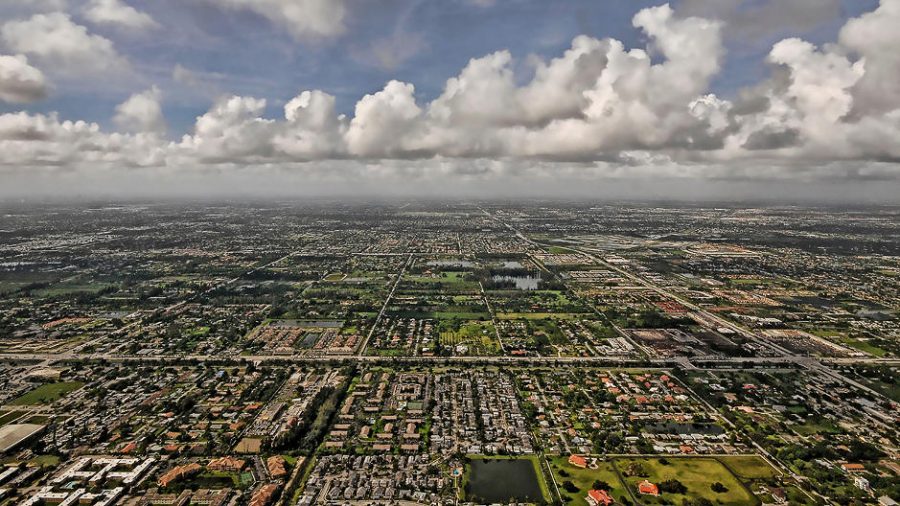If you design a city to get people walking, then people will do more physical activity. A new global study has found that a well-designed neighborhood not only keeps people fit but can reduce obesity, diabetes, and heart disease.
The correlation between walkability and public health has been made before, but this study, published in the Lancet, looked at 14 cities in 10 countries, all of which had a similar design, in order to determine whether or not the cities’ layouts themselves were the reason for increased health, as opposed to different lifestyles in different countries. The physical activity of the 14,222 adult participants was measured over four to seven days using Fitbit-style accelerometers. The principal data point was the average number of minutes walked per day.
The biggest design factors affecting the amount of “moderate to vigorous intensity physical activity,” including walking, were: residential density, park and public transport density, and intersection density. Parks are obvious in their effect—people take walks in parks. Residential density is important because if you live in a compact neighborhood, you can easily walk to do your errands. And public transit density is important because not only does it obviate car use, but people have to walk to their nearest station instead of their driveway.
“People who live in walkable neighborhoods that are densely populated, have interconnected streets, and are close to shops, services, restaurants, public transport, and parks tend to be more physically active than residents of less walkable areas,” says the study.
The studied cities included Adelaide, Australia; Bogota, Colombia; Olomouc and Hradec Kralove in the Czech Republic; Stoke-on-Trent, England; Pamplona, Spain; and three U.S. cities—Baltimore; Washington, D.C.; and Seattle.
The city where people walked the most per day was Wellington, New Zealand, at 50 minutes. The lowest was Baltimore, at a mere 29 minutes. Not surprisingly, a combination of the measured factors—parks, residential density, public transit, and so on—correlated to the highest amount of walking. Each of these factors itself helps, but only in concert do they really transform the health of citizens.
“We studied neighborhoods ranging in socioeconomic status and culture,” said lead author James Sallis of the UC San Diego School of Medicine in a statement. “Those built with more activity-supportive environmental features had residents who did more physical activity.”
Overall, then, the researchers saw that people living in densely populated neighborhoods walked more. If we have easy access to devices, shops, restaurants, and public transit, then there’s no need to jump in a car to get to them. In fact, in walkable cities, using a car is actually harder than walking, because of the time it takes to park. People living in these kinds of neighborhoods get up to 90 minutes of physical activity per week (which still sounds low, given the recommended amount is 150 minutes).
Dense, mixed-use city streets, with high walkability and ready access to good public transit: We’ve heard those criteria before. But this study is important because it shows that these factors lead to better public health independent of the economic status of the city or the cultural differences in different countries.
The problem is these factors are all interconnected. To have enough local stores, restaurants, and services, you need a big enough residential density to support them. You also need enough riders to support transit services. Some of this is architectural, but—as ever—much is political and economic. As the evidence mounts for the improvements not only to health but to the quality of life and the benefits to business of walkable cities, the political arguments get ever easier to make.
Source: Fastcoexist
October 27, 2016
By Charlie Sorrel, photo by Bob Jagendorf via Flickr
https://www.fastcoexist.com/3064906/change-generation/the-well-designed-city-is-a-healthy-city-all-over-the-world











